Researchers Launch Third Search for the WWII Shipwreck SS Norlindo
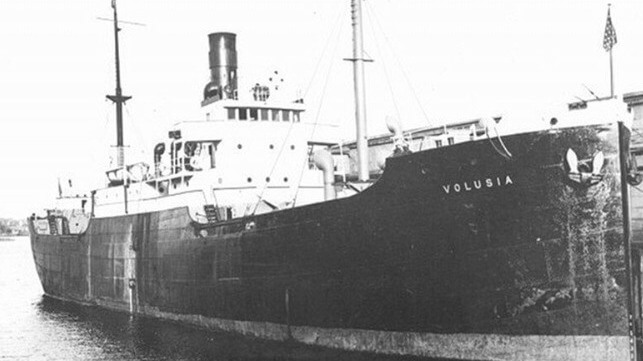
A team of researchers in the U.S are undertaking a third search for the wreck of a World War II freighter which is laden with heavy fuel oil and could pose ecological risk in the event of a leak.
Two previous searches were unable to locate the wreck of SS Norlindo, an American steamship that was sunk by a German U-boat in 1942 in the Gulf of Mexico. While previous expeditions resulted in the identification of several magnetic anomalies that could indicate a shipwreck, both were ended early due to foul weather, leaving nearly half of the search area unexplored.
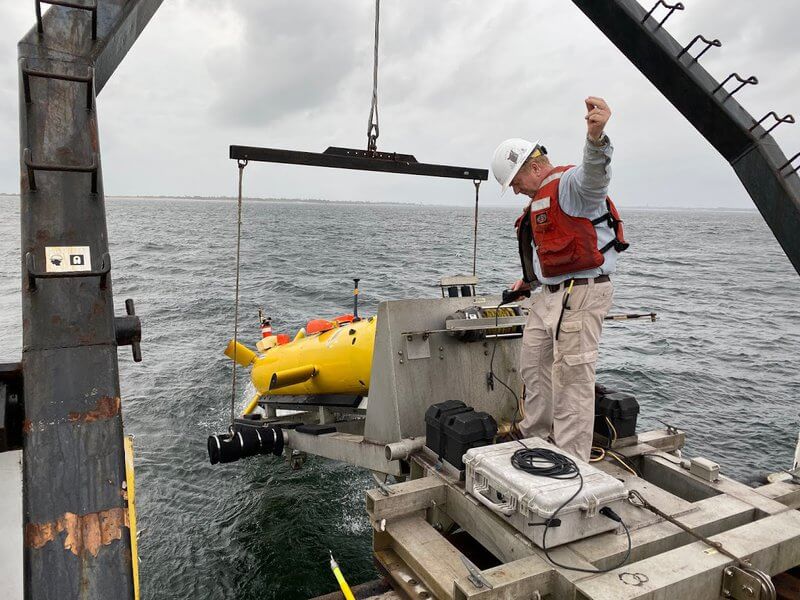
Researchers launch an AUV during a previous search for the Norlindo (NOAA)
SS Norlindo, a 2,686-tonne, 253-foot-long American steam freighter, was the first World War II combat casualty in the Gulf of Mexico. It was torpedoed and sunk by German U-boat on May 4, 1942, about 80 miles northwest of Dry Tortugas Island.
The freighter sank so quickly that it was impossible for the seven officers and 21 crewmen on board to launch the lifeboats. Five men went down with the ship, and the survivors were picked up two days later.
The German U-boat continued its hunt in the Gulf of Mexico and, over the next two days, sank two more freighters, Munger T. Ball and Joseph M. Cudahay. These shipwrecks have since been discovered by recreational scuba divers in shallower waters off the Florida coast. Norlindo remains undiscovered, 75 years after the end of World War II.
NOAA’s Office of Ocean Exploration believes that Norlindo is one of 87 shipwrecks in U.S. waters that pose a potential pollution threat from fuel onboard at the time of sinking. The freighter is believed to have sunk with about 5,000 barrels of fuel on board.
A team of scientists from the University of Southern Mississippi has embarked on a third search mission, hoping to locate the wreck and determine its current condition - and help avert environmental damage. The scientists are using the university’s research vessel, Point Sur, and will deploy a deep-towed sidescan sonar to scan the bottom in the areas that look most promising. If high-potential targets are located, the team will return with an ROV and inspect for visual confirmation and evaluation.
The wreck is particularly important to find because of its proximity to environmentally sensitive areas. An oil leak could affect seabirds near the Dry Tortugas, which are home to bird species that cannot be found elsewhere in the U.S. The area also provides spawning and nursery habitat for nurse sharks.
WWII Japanese Transport Lost With 1,080 People Located in Philippines
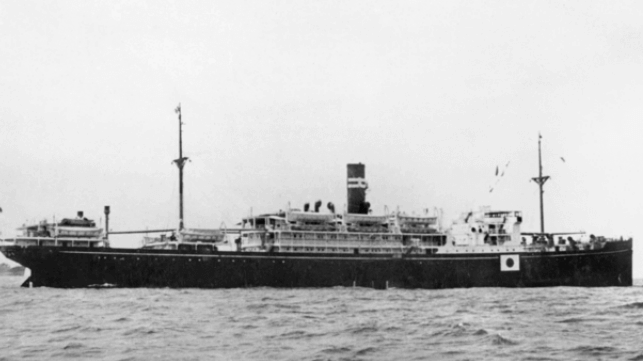
An expedition team led by an Australian maritime archaeology foundation is reporting that they have located the wreck of Australia’s worst maritime disaster, a ship that was being used by the Japanese as a transport during World War II when it was sunk by an American submarine. The former passenger liner Montevideo Maru sunk 80 years ago claiming the lives of over 1,000 people from 14 nations.
In late June 1942, after the fall of Rabaul on Papua New Guinea, the Japanese used a commandeered former passenger ship as a transport. The 7,200 gross ton ship entered service in 1926 sailing between Japan and South America for Japan’s Osaka Shosen Kaisha (OSK) Line. She was 430 feet long with a top speed of just 15 knots.
She had been used on several military and civilian transport missions before she loaded prisoners in Papua New Guinea. The ship sailed without escort bound for China when she was spotted by an American submarine off the Philippines. Unaware the ship was carrying Allied prisoners of war and civilians, the American submarine Sturgeon fired four torpedoes that struck the Montevideo Maru causing it to sink in under 15 minutes on July 1, 1942.
Most of the people were caught below deck with reports saying less than 20 of the Japanese crew and soldiers survived the sinking. Some reports say any of the prisoners that survived the sinking were left to die in the water.
The memorial society formed to preserve the memory of the ship estimates that approximately 1,060 prisoners, both military and civilian, were lost. They report the people were citizens of 14 countries, including Australia, Denmark, England, Estonia, Finland, Holland, Japan, Ireland, New Zealand, Norway, Scotland, Solomon Islands, Sweden, and the United States. Of the dead, it is estimated that 979 were Australians.
The wreck was discovered on a mission put together by Australia’s Silentworld Foundation, which is dedicated to maritime archaeology and history, and Dutch deep-sea survey specialists Fugro, along with support from Australia’s Department of Defense.
The search commenced on April 6 in the South China Sea, 110 km northwest of Luzon. After just 12 days on April 18, the team reports that a positive sighting was recorded using state-of-the-art technology, including an Autonomous Underwater Vehicle (AUV) with in-built sonar.
Expert analysis by the project team, comprising maritime archaeologists, conservators, operations and research specialists, and ex-naval officers, confirmed the identity of the wreck.
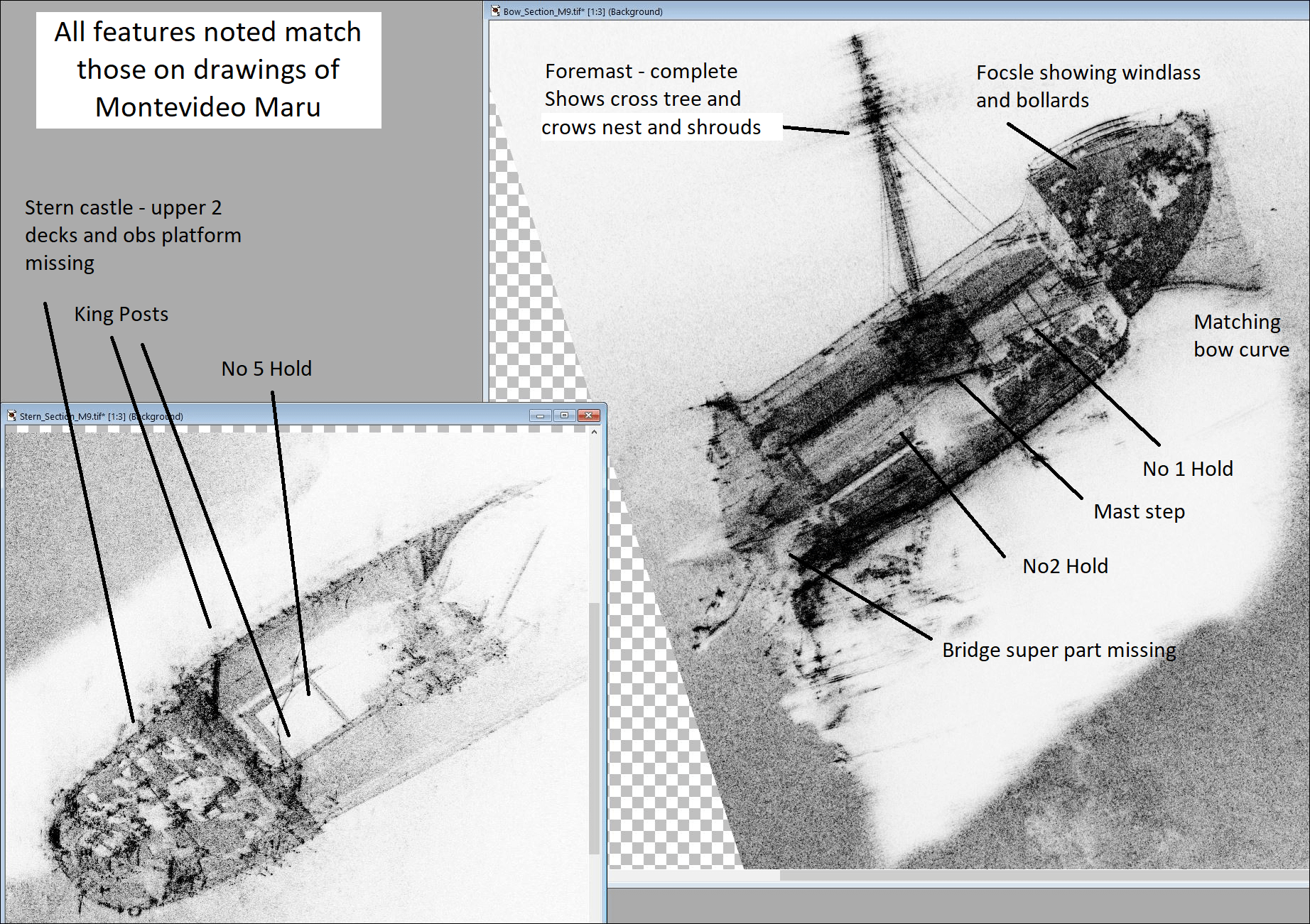
Identifying features of the wreck (Silentworld)
“The discovery of the Montevideo Maru closes a terrible chapter in international military and maritime history,” said John Mullen, the director of Silentworld as well as an Australian businessman, maritime history philanthropist, and explorer. He said Silentworld had been planning the expedition for nearly five years along with the dedicated efforts of the Montevideo Maru Society, which has been working for over 20 years to preserve the history.
The team reports the wreck lies at a depth of over 4,000 meters, which is deeper than the Titanic. The site will be recorded for research purposes, but out of respect for all the families of those onboard who were lost, Mullen said no artifacts or human remains will be removed.
Bow points (Silentworld)
Stern points (Silentworld)
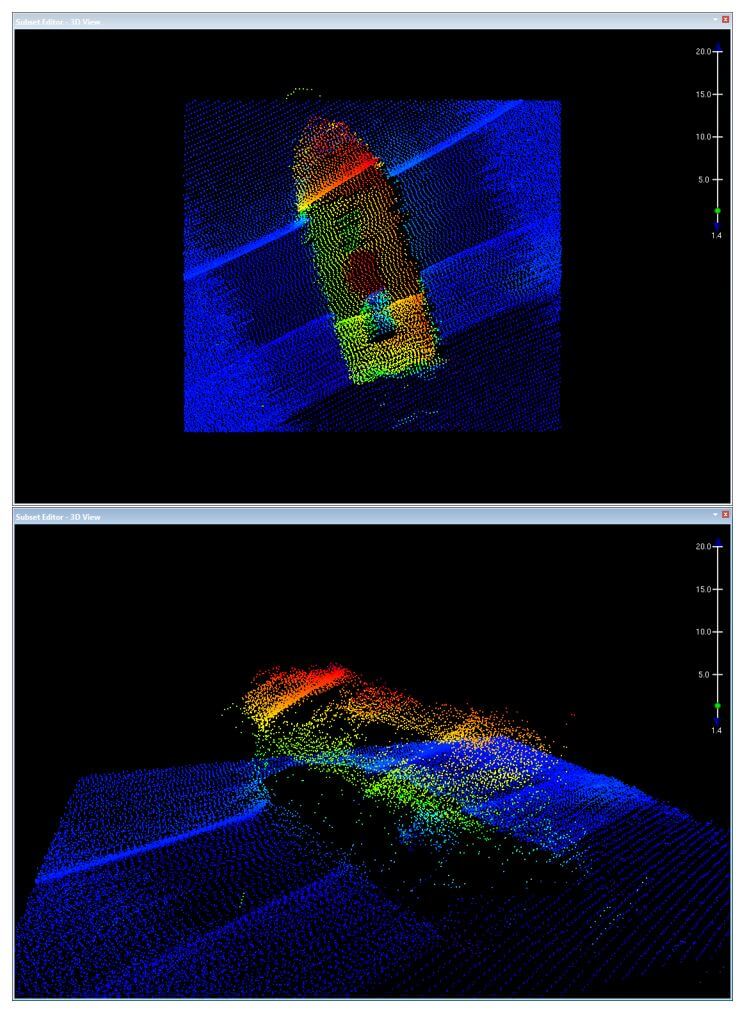
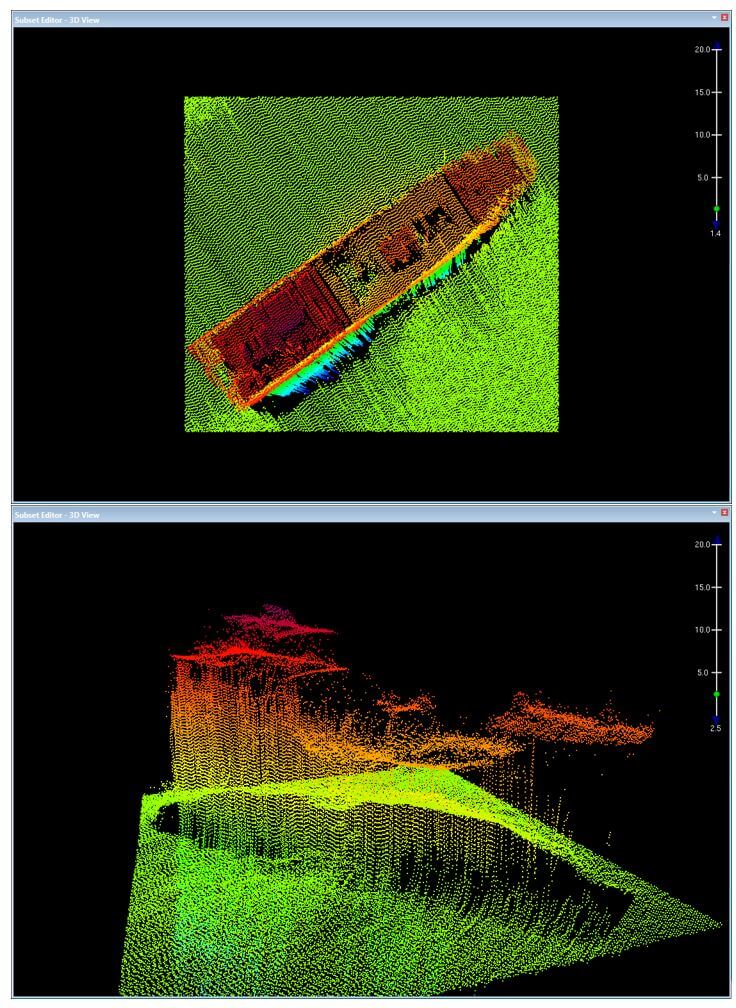
No comments:
Post a Comment